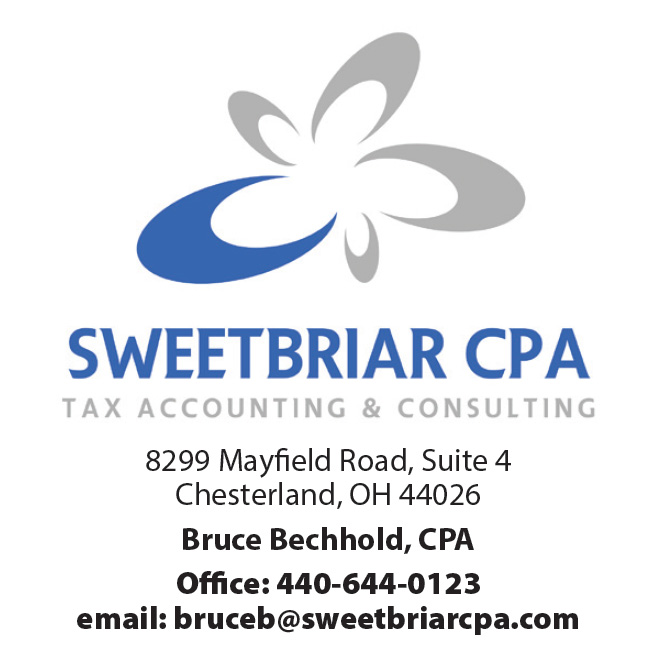 Bruce Bechhold, CPA, is committed to helping business owners with their tax, accounting, and business needs. His goal is to help clients grow their company, understand their financial statements, and reduce their tax exposure. Contact Bruce at 440-644-0123 or bruceb@sweetbriarcpa.com.
Bruce Bechhold, CPA, is committed to helping business owners with their tax, accounting, and business needs. His goal is to help clients grow their company, understand their financial statements, and reduce their tax exposure. Contact Bruce at 440-644-0123 or bruceb@sweetbriarcpa.com.
By Bruce Bechhold, CPA
As a way to have your money work for you, taking advantage of bonus depreciation has always been a win. Now with the passage of the Tax Cuts and Jobs Act, it is an even better way to stretch your dollar – especially for companies unable to write off machinery and equipment purchases by other means, such as Section 179 and the de minimis safe harbor.
Now in its 16th year, bonus depreciation is an opportunity to accelerate the write-off of recently purchased qualifying assets and equipment. New this year, the bonus depreciation for the first year of the asset is increased from 50 to 100 percent, and it applies to both new and used assets purchased and placed in service after Sept. 27, 2017, and before Jan. 1, 2023.
The depreciation limits on new or used passenger vehicles have been favorably increased. The first-year $8,000 bonus depreciation is still available and is in addition to the amount for Year 1. The new depreciation limits for passenger vehicles are: Year 1: $10,000, Year 2: $16,000, Year 3: $9,600 and Year 4 and following: $5,760.
Full bonus depreciation is phased down by 20 percent each year for property placed in service after Dec. 31, 2022, and before Jan. 1, 2027. The new bonus depreciation rates are as follows:
For a first taxable year ending after Sept. 27, 2017, a taxpayer may elect to apply a 50 percent allowance instead of 100 percent. You can choose not to claim bonus depreciation for any class of property placed in service during the tax year (NOTE: you can’t pick and choose individual assets but rather classes of assets). The election is done on an annual basis.
There are several ins and outs of the new rules and provisions related to qualified leasehold improvements, retail improvement property, and restaurant property and the new qualified improvement property. The best way to take advantage of bonus depreciation though is through proper tax planning. Many times a typical strategy involves first taking section 179, then bonus depreciation and finally regular depreciation, in that order. However, in certain situations, with proper planning, it may make more sense to forgo the section 179 and bonus and preserve depreciation deductions for future years if you will be in a higher tax bracket. As always, talk with your tax advisor to learn more and come up with a strategy that works best for you.
























